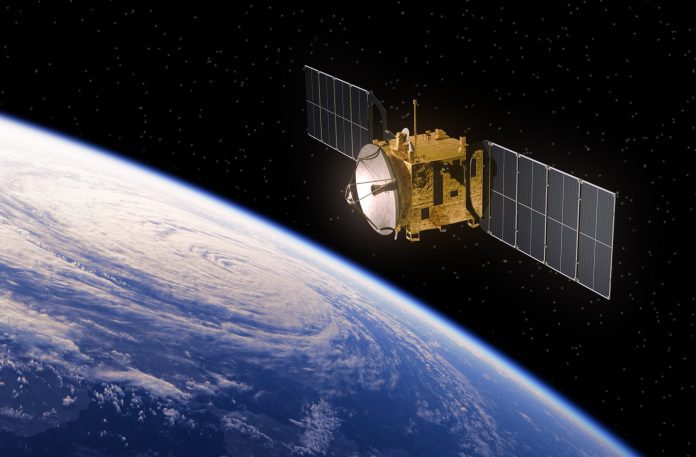Satellite connectivity, spurred by new projects from the likes of Amazon and SpaceX, will support 24 million IoT connections by 2024, bringing new competition to established IoT technologies like LoRa, Sigfox and NB-IoT.
While the burgeoning IoT market scratches it head at the array of ground-based connectivity options, new space-based satellites will start to take rapid share in the next years, according to a new report from ABI Research, which presentssatellite networks as the foundation for a “new wave of IoT investment”.
The analyst house says satellite connectivity will provide a complement to terrestrial cellular and non-cellular networks in remote locations, finding particular purchase in agriculture and asset tracking, and a rival to them in areas with connectivity already.
Maritime tracking and aviation tracking will also be primary markets for satellite-based IoT applications, due to the lack of terrestrial infrastructures available within their location. Harriet Sumnall, research analyst at ABI Research, said terrestrial cellular networks only cover 20 per cent of the Earth’s surface, while satellite networks can cover the entire planet.
“The expansion of the satellite constellations that are currently in orbit and those due to take place will allow for connectivity to be more global,” she said. “While the market using satellite connection is still immature, it shows great opportunities for growth.”
Traditional satellite providers like Inmarsat and GlobalStar are facing competition from “start-up constellations” from Amazon and SpaceX, among others, which are launching low-earth orbit (LEO) satellites. LEO satellites are costly to deploy because many are required to provide sufficient coverage. But they are more cost-effective in the long run than larger traditional satellites for many IoT applications, said Sumnall.
Amazon’s so-called Project Kuiper sets out a plan to launch a constellation of 3,236 LEO satellites to provide connectivity to “unserved and underserved communities around the world”, according to reports. SpaceX, Elon Musk’s “aerospace manufacturer and space transportation services company”, has already at least 60 so-called Starlink satellites
“The conventional satellite providers will not only have to consider driving their prices down to become more competitive than the newcomers but also be sure they stay relevant within the market. Once the market becomes more successful and has matured, the pricing strategies will drop overall, allowing the satellite IoT connectivity options to compete against terrestrial connectivity options.”
Sumnall noted maritime and aviation tracking vendors, notably Aerial & Maritime (A&M), are already providing cost-effective aircraft ADS-B surveillance and ship AIS tracking from constellations of nano-satellites. “This technology is a game-changer in this industry space, and recent initiatives demonstrate the high-end tracking capabilities from large satellites in multi-constellations,” she said.
New software-defined radio (SDR) technology will bring costs down further, she said, as it is possible to use nano-satellites for these actions.

